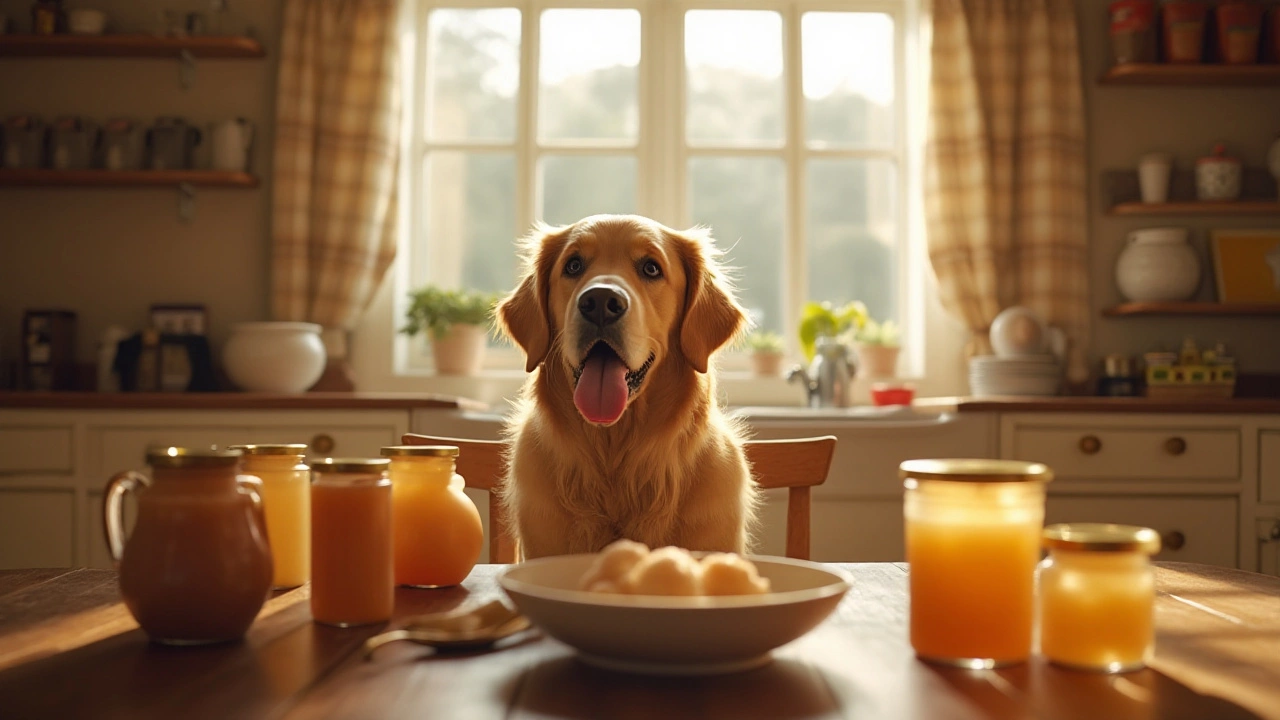Dog Food Safety: What Every Owner Needs to Know
Choosing the right food for your dog can feel overwhelming, but the basics are simple. Safe dog food starts with a clear label, proper storage, and knowing what ingredients to avoid. When you get the fundamentals right, you protect your dog from food‑borne illnesses, nutritional gaps, and costly vet visits.
Reading Labels and Certifications
First thing you should do is look for the AAFCO statement on the bag or can. That mark means the food meets minimum nutrition standards for your dog’s life stage. If the label lists a "complete and balanced" claim, you can trust it provides everything your dog needs – as long as the ingredient list looks sensible.
Skip foods that hide the real ingredient order behind a long list of "by‑products" or "flavorings". Real meat should be one of the first items. Watch out for excessive fillers like corn, wheat, or soy, especially if your dog has a sensitive stomach. Also, check the expiration date – even a sealed bag can lose quality after its prime.
Handling, Storing, and Preventing Contamination
Once you bring the kibble home, store it in a cool, dry place. Airtight containers keep moisture out and stop the food from going stale. For wet food, keep the can in the fridge after opening and use a clean spoon each time to avoid cross‑contamination.
If you ever hear about a recall, act fast. Visit the manufacturer’s website or the UK Food Standards Agency for details. Throw away any affected product and note the batch number – it helps trace the issue and protects other pet owners.
When feeding, measure portions according to the label and your dog’s activity level. Over‑feeding can lead to obesity, while under‑feeding may cause nutrient deficiencies. Use a food scale or a proper scoop to keep things accurate.
Finally, keep fresh water available at all times. Some dog foods, especially dry kibble, can cause dehydration if water isn’t plentiful. Add a splash of low‑sodium broth to make meals more appealing, but never use onion‑based sauces – they’re toxic to dogs.
By paying attention to labels, storing food correctly, and staying alert to recalls, you give your dog the best chance at a healthy, happy life. Simple habits add up, and your pup will thank you with wagging tails and endless energy.
Is Applesauce Safe for Dogs to Eat?
Many dog owners wonder if it's safe to share applesauce with their furry companions. This article explores the nutritional benefits and potential risks of feeding dogs applesauce, while also offering guidance on types of applesauce to avoid. Readers will learn about signs of an apple allergy in dogs and get tips on incorporating apples safely into their pets' diet.
